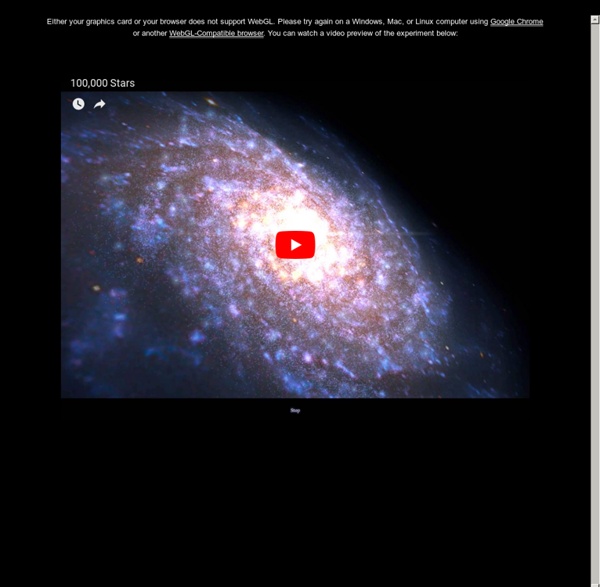



Hubble Telescope Reveals Deepest View of Universe Ever The Hubble Space Telescope has captured the farthest-ever view into the universe, a photo that reveals thousands of galaxies billions of light-years away. The picture, called eXtreme Deep Field, or XDF, combines 10 years of Hubble telescope views of one patch of sky. Only the accumulated light gathered over so many observation sessions can reveal such distant objects, some of which are one ten-billionth the brightness that the human eye can see. The photo is a sequel to the original "Hubble Ultra Deep Field," a picture the Hubble Space Telescope took in 2003 and 2004 that collected light over many hours to reveal thousands of distant galaxies in what was the deepest view of the universe so far. This image compares the angular size of the Hubble Extreme Deep Field survey to the angular size of the full Moon. The photo reveals a wide range of galaxies, from spirals that are Milky Way-lookalikes, to hazy reddish blobs that are the result of collisions between galaxies.
leaves something to be desired AstroFácil, tu Web dedicada a la divulgación de la astronomía Polyphasic Sleep Log – Day 1 I’ve completed my first day on the polyphasic sleep schedule, napping for 20-30 minutes every four hours. It’s been almost 36 hours since I last awoke from a full night’s sleep. “Day” is a relative term on this schedule, since the daytime sleeping schedule is no different than the nighttime one. I’m not sure whether to think of today as “day 1″ (the day after my first night of sleep deprivation) or “day 2″ (the second day after I officially started this sleeping pattern). No serious problems thus far aside from some fatigue, lower concentration, and occasional sleepiness. Yesterday seemed tougher than it should have been, as I experienced some tiredness even though I was initially getting more sleep than usual by beginning the nap schedule after having a regular night’s sleep. Last night was semi-difficult, with lots of sleepiness and fatigue between the 1am and 5am naps. 5am was my normal waking time.
Marqueed Collections Hubble zooms in on a space oddity | Press Releases A strange, glowing green cloud of gas that has mystified astronomers since its discovery in 2007 has been studied by Hubble. The cloud of gas is lit up by the bright light of a nearby quasar, and shows signs of ongoing star formation. One of the strangest space objects ever seen is being scrutinised by the penetrating vision of the NASA/ESA Hubble Space Telescope. A mysterious, glowing green blob of gas is floating in space near a spiral galaxy. The Hubble revelations are the latest finds in an ongoing probe of Hanny’s Voorwerp (Hanny’s Object in Dutch). In the sharpest view yet of Hanny’s Voorwerp, Hubble’s Wide Field Camera 3 and Advanced Camera for Surveys have uncovered star birth in a region of the green object that faces the spiral galaxy IC 2497, located about 650 million light-years from Earth. The greenish Voorwerp is visible because a searchlight beam of light from the galaxy’s core has illuminated it. Notes Links Contacts
SIMBAD Astronomical Database What is SIMBAD, and what is it not ? % The purpose of Simbad is to provide information on astronomical objects of interest which have been studied in scientific articles. Simbad is a dynamic database, updated every working day. It provides the bibliography, as well as available basic information such as the nature of the object, its coordinates, magnitudes, proper motions and parallax, velocity/redshift, size, spectral or morphological type, and the multitude of names (identifiers) given in the literature. The CDS team also performs cross-identifications based on the compatibility of several parameters, in the limit of a reasonably good astrometry. Simbad is a meta-compilation built from what is published in the literature, and from our expertise on cross-identifications. Simbad is not a catalogue, and should not be used as a catalogue.
La conquista del cosmos
not a scientist and love science. this is a wonderful site to go traveling. wholeness. by ebbead May 16
This is great... i like scienc but the most I liked is Cosmologie and Astronomy. Thank´s :D by shinjigandarela May 16
100,000 Stars is an interactive visualization of the stellar neighborhood created for the Google Chrome web browser. It shows the real location of over 100,000 nearby stars. Zooming in reveals 87 major named stars and our solar system. The galaxy view is an artist's rendition.
Learn more: by soniadubois3 May 12
It's very very very very very very beautiful by patatipatatra Oct 9
thanx bro for suggesting...really appreciate it :) by arpitpandey Jul 23
I think if you get the premium account you can set privacy by odinkral Jul 23
don't get emotional ppl...chill....:D its ok i understood.chaacattac thanx 4 suggestion bro..:) by arpitpandey Jul 23
Do you know something about "sharing knowledge"? If you wanna privacy, keep it on your desk. by theogarnier Jul 23
is their something so called privacy???? by arpitpandey Jul 23
can everyone comment on my perls????? by arpitpandey Jul 23
Please, Let me know if you do! by kocto Jul 8
I really like it! Thanks for commenting. by kocto Jul 7